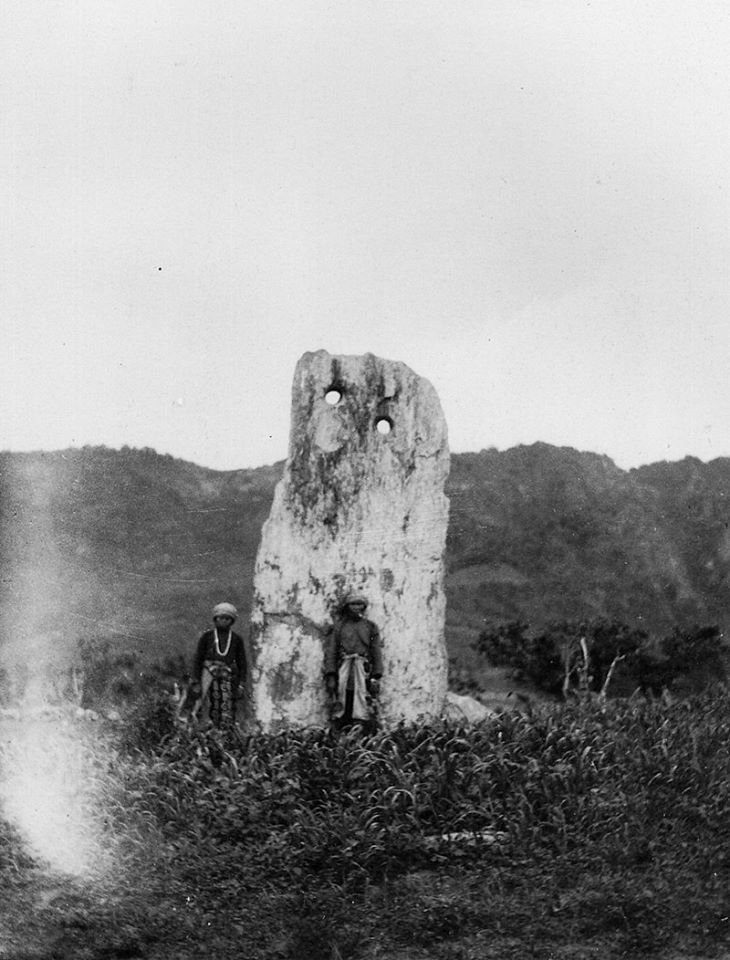Conversation With Stone
In this series of work, there are explorations into sculptural, functional, and experimental hand-built forms—emerging from an ongoing conversation with stone. My dialogue with stone has led me on a journey through which I no longer see the world—or myself—in the same way. I aim to continue this conversation and spark curiosity in those who encounter me or my work.
How did civilizations with no apparent contact share the same myths and symbols?
Who are the extraterrestrial beings spoken of by native communities?
Why have stones been worshipped by native communities across time?
Why do so many ancient sites align with Orion’s Belt?
Why does there seem to be a collective memory gap?
Why are certain books and TED Talks banned?
Why are there pyramids on every continent?
Why are we never taught about any of this?
Who controls the narrative?
What is the truth?
What is this ancient magic?
Can it be harnessed—and if so, how?
Why are we here?
Where are we going?
Who am I, really?
When I was younger—and still today—I have been deeply fascinated by humanity’s ancient past: aliens, mythical civilizations, and indigenous wisdom intertwined with megalithic cultures. Large stones have not only left a profound imprint on the human psyche since ancient times, but they have also remained as unsolvable mysteries that continue to boggle us today. These wonders captivated and sent me down a rabbit hole filled with ever-evolving questions:
The rectangular opening carved into the rounded stone, with stairways descending into the unknown, is more than just a form—gazing into the abyss, it becomes a symbol of the inward journey. Rooted in Taoist practice, the form serves as a personal reminder: to become more well-rounded in how I relate to others, and more disciplined in how I conduct myself.
Sculpted rocks, punctured and shaped to mimic the subtle nuances of split stone—echo the mysterious precision found in ancient megaliths. Across many megalithic sites, high-precision cuts and perforations suggest the use of unknown tools and techniques. This signature craftsmanship is also present in the submerged megalithic city discovered northeast of Taiwan, as well as in the standing stones along Taiwan’s eastern coast.
I resonate with Carl Jung’s view of the stone as a profound symbol of timelessness and the Self—the totality of the psyche, encompassing both conscious and unconscious elements. Jung was fascinated by how stones appear eternal, unchanging, and deeply rooted in the earth, recognizing in them qualities that reflect our own inner awareness.









